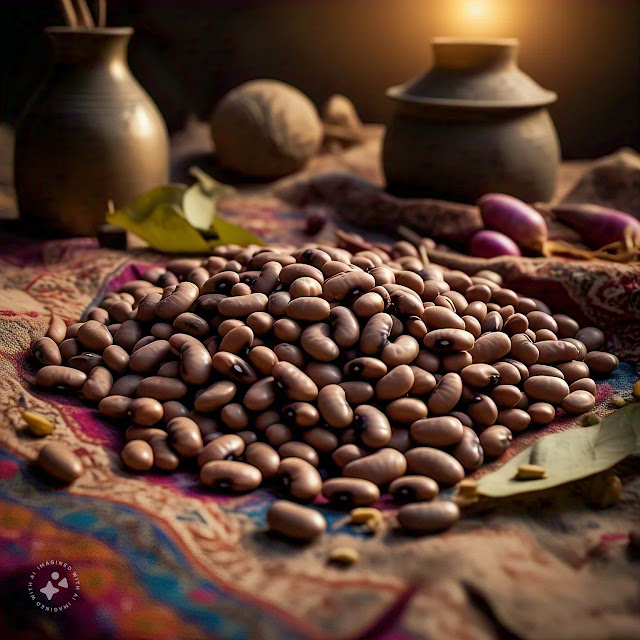wheat uses and benefits
Wheat uses and benefits
NAMES:
Wheat, known as Hantah
in Arabic, Gandom in Persian, Kam in Bengali, and Kank in
Sindhi, is a popular grain in English.
COMPOSITION:
It contains 10 to 15 percent
nitrogenous substances, 40 to 90 percent starch, and 1 to 7 percent fatty
matter.
COLOUR:
Its colour ranges from yellow to red and
white.
TASTE:
Taste is somewhat sweet.
TEMPERAMENT:
Its nature is warm in the first degree. Tending
towards moderation.
REGIONS:
The main regions of cultivation are
Punjab and Sindh.
Functions and Uses:
- Flour Preparation:
Wheat flour is ground and used to make bread. The bran is separated by
sieving the flour, but in cases of constipation, bread made from unsieved
flour is beneficial.
- Nutritional Value: Wheat is superior to all other foods, highly nutritious, produces pure blood, strengthens the body, and promotes weight gain.
- Oil:
Wheat oil is highly effective for conditions like ringworm and skin
blemishes.
- Bread:
Natural (unsweetened) bread is harder to digest compared to fermented
bread. Bread made from refined flour can cause bloating and blockages.
- For Patients:
Semolina bread is given to patients by soaking it in milk. Before
soaking, it should be broken into pieces, toasted on a pan until golden,
and then added to milk.
- Fermented Bread: fermented bread is an excellent
energy-giving food.










No comments